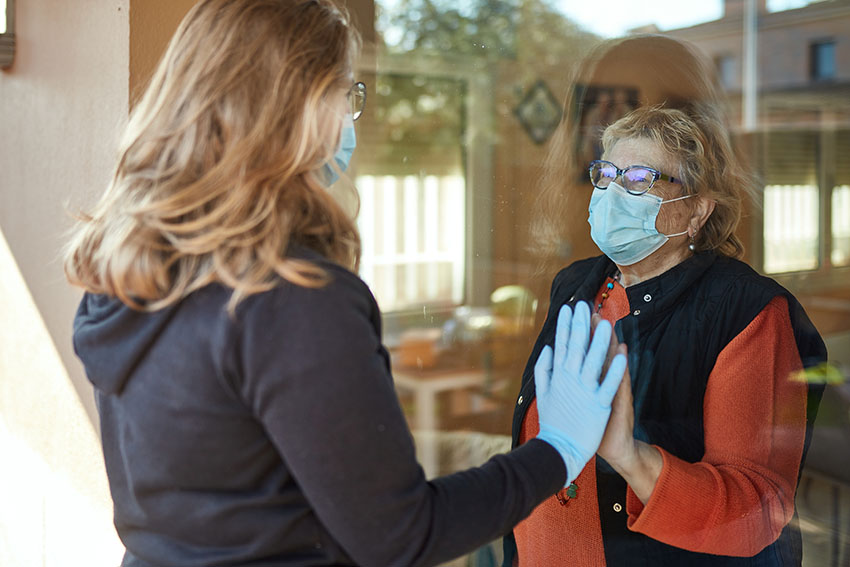
Photo Credit: xavierarnau/Getty Images
This fall, we face new challenges as COVID-19 overlaps with the flu season and continues to spread across the United States and the world. We must stay vigilant about protecting ourselves, our friends and families, and others around us. At the same time, people are experiencing pandemic fatigue and need new reasons and reinforcements to keep up protective behaviors.
As experts in social marketing and behavior change communication, particularly on immunization and communicable and chronic diseases, we know that public health efforts must evolve to include reinforcement messaging and strategies for those who are following recommended guidance. We must also reach those who are not practicing protective behaviors and encourage them to start without shaming or embarrassing them.
Here are five ways public health communicators can keep COVID-19 messages relevant this fall.
- Regularly reinforce how people can protect themselves from COVID-19, as well as other viruses and germs.
- Develop messages that incorporate “why.” Explain how each protective behavior singularly and collectively helps people protect themselves and others.
- Look for messaging opportunities that are relevant and timely. Holidays can provide fresh hooks for reinforcing protective behaviors.
- Spell out when and why to test and quarantine. Information about getting tested often does not include the circumstances in which to get a COVID-19 test or to quarantine.
- Counter misinformation with accurate, easy-to-understand information delivered through trusted sources and channels. When countering misinformation, be clear about what is correct information and why incorrect information is inaccurate or harmful.
- Acknowledge and address structural inequalities that make it difficult for some to protect themselves from COVID-19. Much of the COVID-19 messaging appears to assume that we are all equally able to socially distance, wash our hands frequently and wear masks. But, not everyone can to do so with fidelity. Messaging can offer suggestions for mitigating risk and ways to get free or low-cost hand sanitizer, masks and other protective products.
- Make it as easy as possible for people to change their behavior without having to change their minds. Develop messages that give people reasons to wear a mask when they are around others and acknowledge that doing so is a choice. Highlight ways protective behaviors help normalize everyday life.
- Before a COVID-19 vaccine is approved and released for general public use, begin communicating about how it will help control the pandemic. Current polling indicates that many adults in the United States have concerns about the safety of a COVID-19 vaccine and will not get a vaccine when it is available.
-
- Talk about the scientific integrity and safeguards built into vaccine development, including accelerated efforts for this vaccine. Communicate through credible sources and channels, particularly to audiences that have been medically exploited historically.
- Emphasize the need to keep practicing COVID-19 protective behaviors after a vaccine is approved and available. Once approved, a vaccine will likely not be available quickly, due to supply limitations. Also, many people may delay getting a vaccine, and not all who get a vaccine will be protected.
- Develop messages for people who are likely to choose not to get a vaccine. It will be important to tailor information solely for this group to show the importance of initiating or continuing to practice other COVID-19 protective behaviors.
While pandemic fatigue becomes an increasing concern, there are opportunities for those working in health communication and public health to improve and expand COVID-19 messaging. The communication considerations listed above can help messaging stay relevant and resonant as the pandemic environment and our options for protection continue to evolve.
